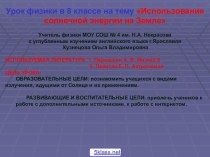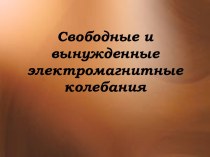optics, or ray optics, describes light propagation in terms of rays. The ray in
geometric optics is an abstraction, or instrument, useful in approximating the paths along which light propagates in certain classes of circumstances.The assigned in practice the content of the laws of beam optics:
1. The straight line of light propagation law.
The light beams propagate along a straight line in a homogeneous medium. This law can be used only in cases not accounted for only diffraction phenomena.









































